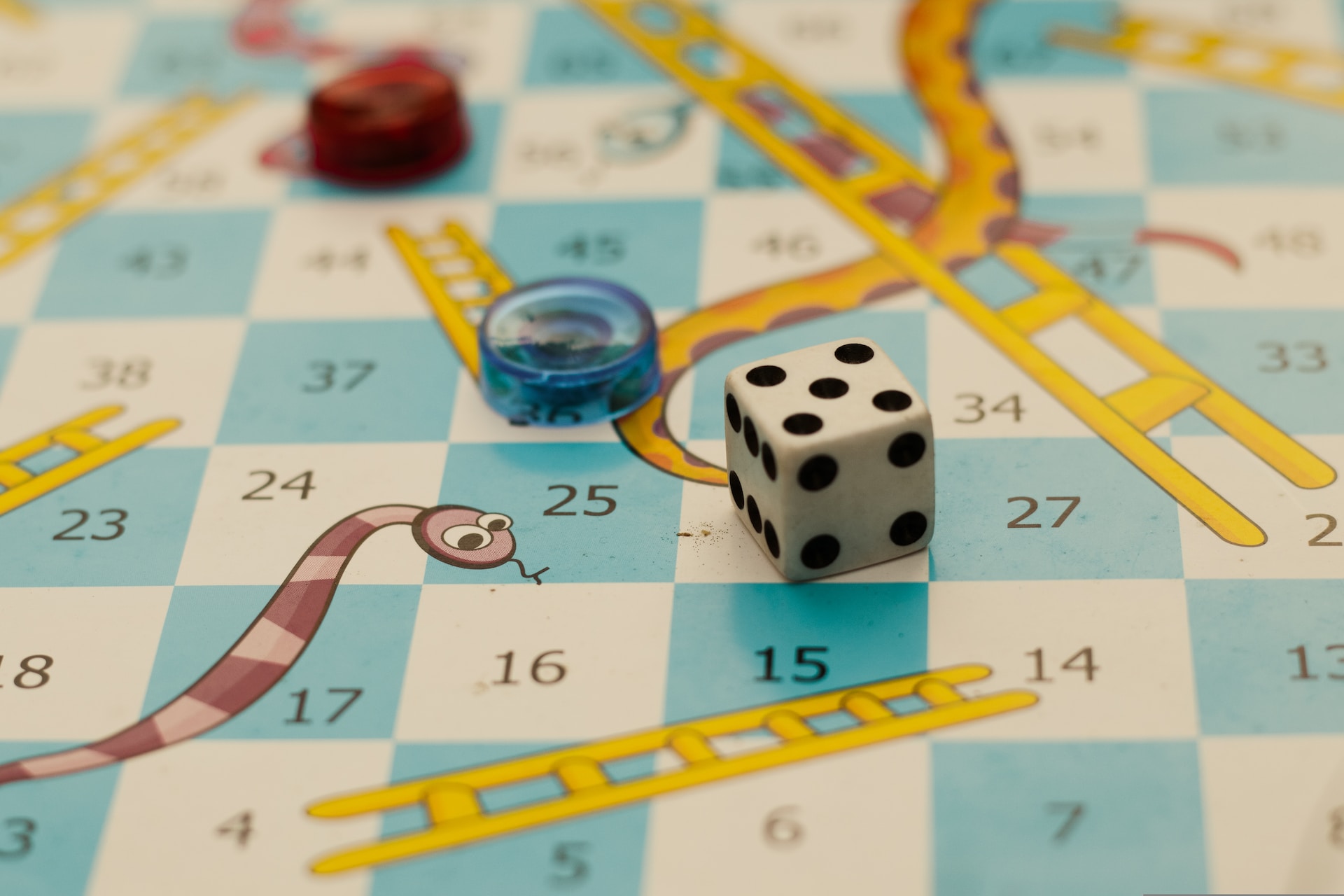When designing curricula using the Understanding by Design (UbD) framework, I constantly revisit how academic learning reflects the “real world.” While K-12 classrooms aim to equip students for the future, a belief in this principle alone is insufficient to ensure that learning actually reflects the “real world” in practice. UbD can be invaluable in ensuring that deep learning and application happen by design. It can help us purposefully think beyond high test scores and rote memorization and to better support students in developing the thinking and questioning skills that will benefit them as members of society.
A similar “real world” focus is a key element of formalized Project Based Learning (PBL) models, such as the “Gold Standard PBL” model from PBLWorks. Like UbD, PBL shakes up the routine classroom practices most of us grew up following. Instead of holding separate periods for math, language arts, science, etc., PBL projects often encapsulate multiple curricula and dedicate large chunks of time to single activities. PBL pushes students to transfer learning outside the classroom and continue developing connections and understandings in the “real world.” Thus, it is unsurprising that this learning style works cohesively with UbD. Marrying elements of both methodologies strengthens projects and maximizes student learning.
During a PBL workshop in 2019, I worked alongside a group of colleagues to create a fourth-grade project titled: “Game On!” In true PBL style, the project included input from various disciplines, from the math specialist to the “makery” design lab coordinator to the entire fourth-grade teaching team. We wanted a project where students would design, develop, and deliver an educational game to a classroom in our lower school (kindergarten through fourth grade). The process would involve reviewing existing games, interviewing teachers to assess classroom needs, workshopping drafts, building materials, receiving feedback, and eventually teaching a homemade game to a group of students. Students love games, and we felt confident that our fourth-graders would be excited about working with and creating one.
Yet, as with any exciting new curriculum, there was immediate danger of the “bells and whistles effect.” We threw out ideas left and right, from integrating YouTube unboxing videos to a panel of professional game makers. Should the students work on games individually or as a group? We vacillated between basing all games around a singular subject (math) to leaving them open to any academic topic a classroom teacher requested. We contemplated requiring students to produce physical board games versus allowing them to code games through programming sites. In these moments, introducing UbD to PBL planning is crucial. Like all curriculums, Project Based Learning must be designed backward with a clear performance assessment and transfer goals as the endpoint. We needed to pause on all the unique and creative elements that would make this unit great and hone in on our end goals before moving into the day-by-day or even week-by-week elements.
The culminating project for Game On! was clear from the start. Students would produce an effective, educational, and engaging game based on the needs of a specific lower-school classroom. We broke down the criteria for a successful game into our three “e”s to reflect the significance of each area. Effective: the game worked! The rules made sense, the materials performed, and a clear storyline, motivation, or competition existed. Educational: the game taught what it needed to teach! This meant the students had understood and utilized the academic content required by their particular classroom and designed a game that taught it. Engaging: it was fun! This was a crucial element to the game since, to be successful, games must be engaging enough that someone wants to play them. With these criteria in mind, we set up a foundation to build rubrics for student progress. And including such transparent but open-ended measures of success allowed for one of the essential elements of PBL: student voice and choice. While the culminating project was clear, mapping the path to get there was the challenge we grappled with throughout our planning, teaching, and formative assessing.
In the next few posts, I will continue to explore the development and integration of Game On! into the classroom and how utilizing Understanding by Design as a guiding light kept us on task and, as always, student-focused.




No responses yet